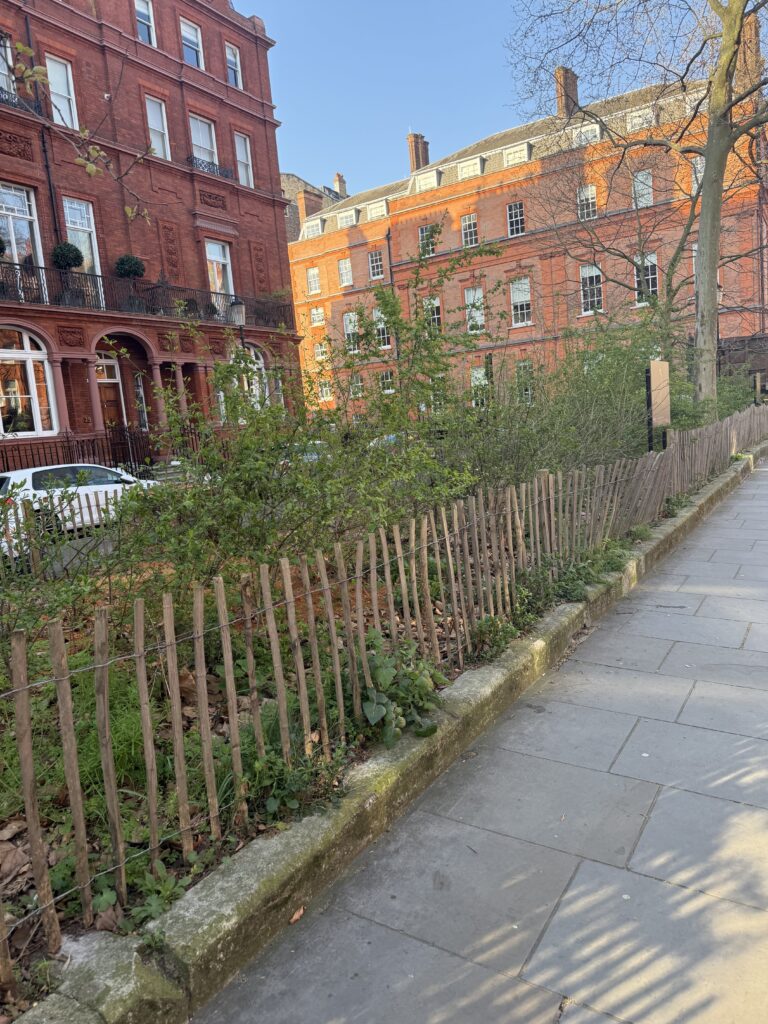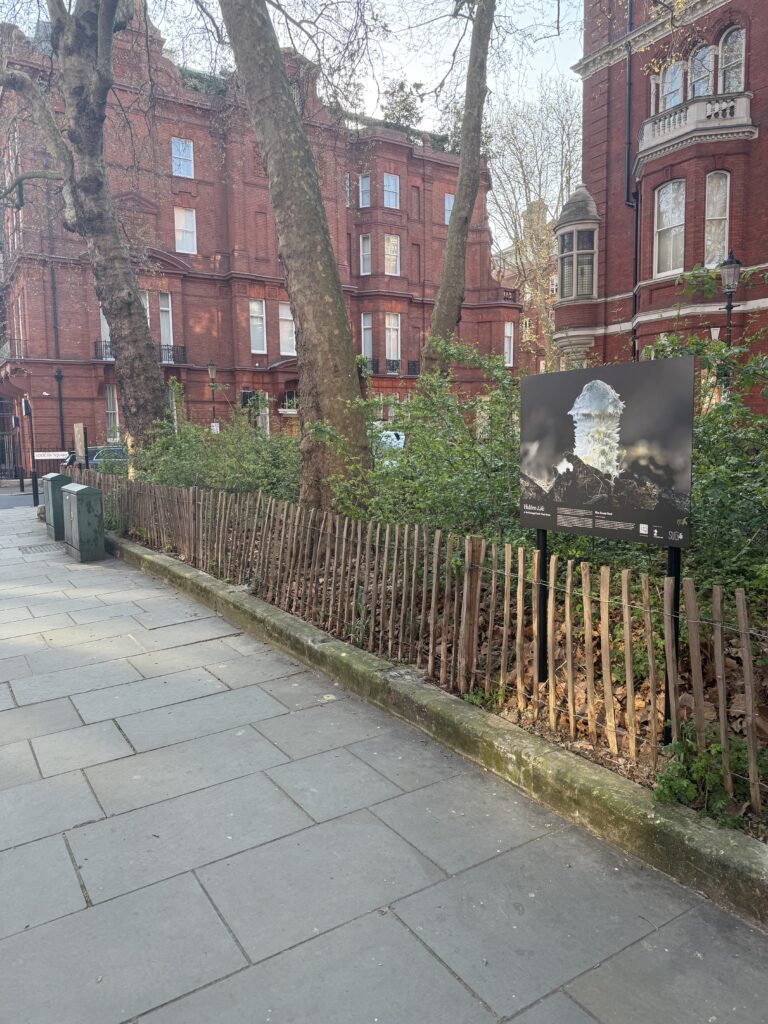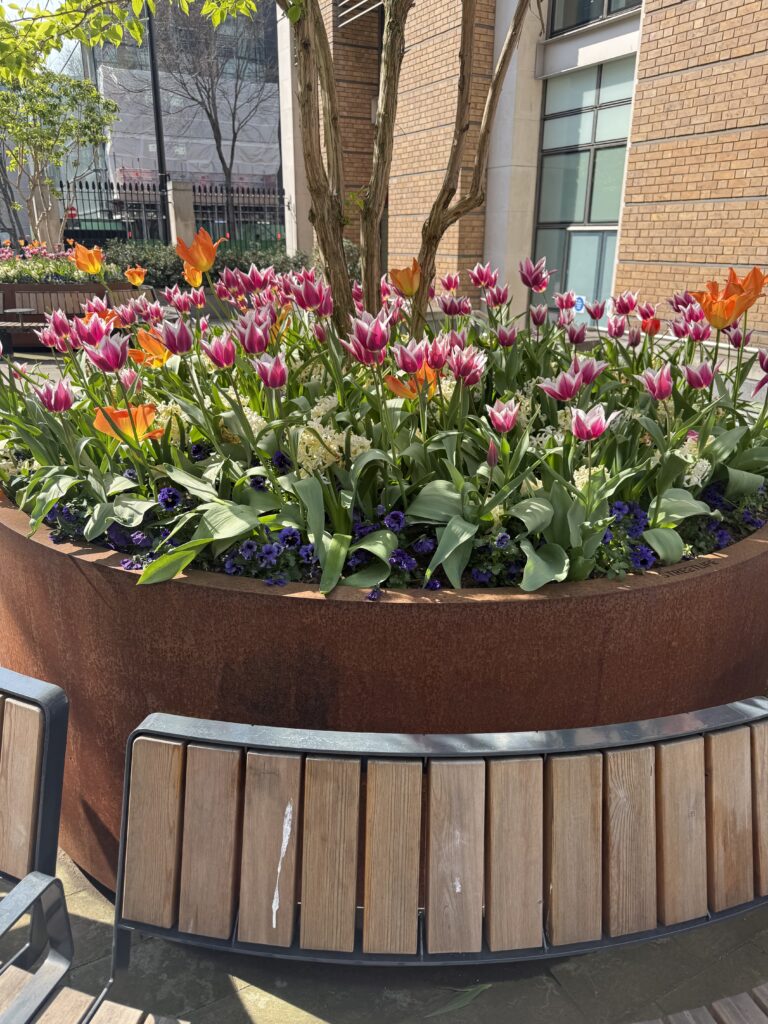Sky News recently reported that 51 of the UK’s 59 butterfly species declined last year – one of the worst results since records began in 1976.
Species like the common blue, small tortoiseshell and chalk hill blue are struggling.
Human activity, pesticides and climate change are wiping out habitats.
Butterflies are not just pretty – they’re indicators of wider ecosystem health.
I raised this issue with a local mayoral candidate.
Here’s what I’d do if we’re serious about reversing the damage – locally and practically:
1. Launch a City-Wide Nature Competition
Run an annual contest to inspire residents to help nature thrive in their own spaces.
Create two categories:
‘Village in Bloom’ – rewards beautiful, fully natural gardens with flowers and plants (no fake turf or plastic).
‘Nature Gardens’ – celebrates spaces focused on wildlife support (e.g. long grass, native wildflowers, bug hotels, water sources).
This brings visibility to community efforts.
Winners can be highlighted via council channels and local press, setting an example others can copy.
Done right, this also creates pride and gets people involved without legislation or cost.
2. Open Up More Council Green Spaces to Nature
Rewild more of our verges, edges of parks and unused land.
Stop mowing them from April to September.
These wild margins provide shelter, food and breeding space for butterflies and pollinators.
Some examples already exist across the city.
See images below showing how leaving grass and wildflowers alone helps biodiversity instantly.


We should copy and scale up this work – especially near residential zones, where it’s most visible.
3. Replace Solar Farms With Targeted Solar on Buildings
Solar farms remove green space and harm insect-rich grasslands.
The solution is not no solar – it’s smarter solar.
Install panels on every school roof and council building.
It powers the sites, cuts bills and keeps land free for nature.
This also makes schools part of the solution – both financially and educationally.
Public buildings should lead by example.
4. Install Ground Source Heat Pumps in Public Buildings
Swap gas boilers for ground source heat pumps.
They’re efficient, clean, and use stable underground temperatures for heating.
This helps decarbonise our public estate and reduce reliance on fossil fuels without harming green space.
5. Green the City Centre With Planters and Nature Zones
Open up more city space for nature – especially seating areas and walkways.
Add permanent planters around benches, walkways, and waiting zones.
See attached photos for examples of where planters work well.

Create a dedicated “Fresh Zone” near the market.
Use plants and wildflowers to reflect the market’s natural offer – fresh produce, flowers, local goods.
This makes the city centre more attractive and strengthens the market’s identity.
6. Transform Our Three Major Parks Into Flagships for Urban Nature
Invest in Sandall Park, Hyde Park, and Town Fields.
Make them similar in layout to Hyde Park in London – with proper, designated nature sections.
Create visible rewilding zones, meadow areas, educational boards and butterfly habitats.
The aim:
More people visiting parks.
More children and families seeing wildlife up close.
This leads to more interest in gardening for nature at home – feeding back into Point 1.
Linking education, leisure and conservation gives long-term community gain.
7. Use the River Don to Generate Renewable Power
Install hydroelectric turbines in selected areas of the River Don.
Capture free, green energy without damaging habitats.
We’ve underused the Don for too long.
It’s a steady energy source that could power public lighting, buildings, or EV infrastructure.
It also shows we’re serious about practical climate solutions.
We’re not short on options.
These are all simple, local actions.
They cut emissions, boost biodiversity and make the city a better place to live.
Butterflies are the warning sign – but also the starting point.
Rebuilding nature doesn’t start in Parliament.
It starts in our parks, schools, gardens, and streets.
Let the grass grow.
Lead with action, not just words.